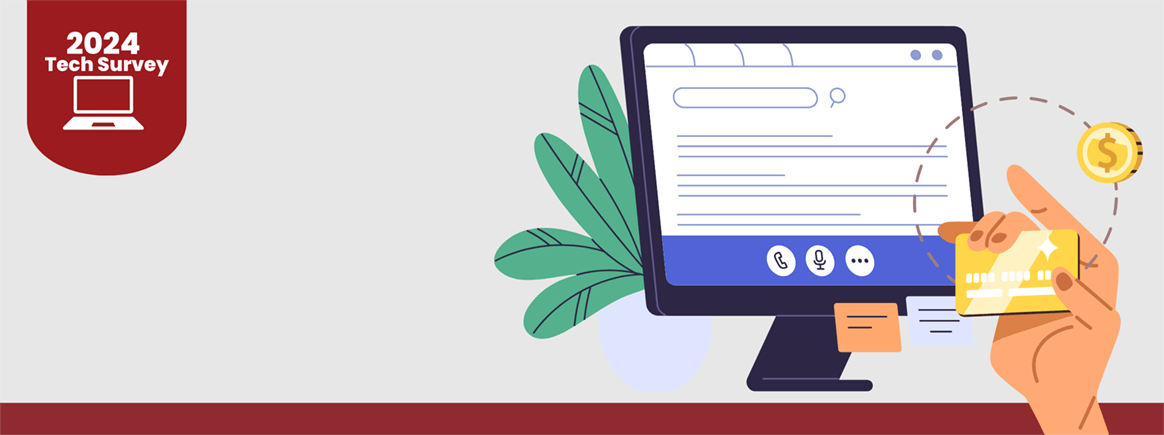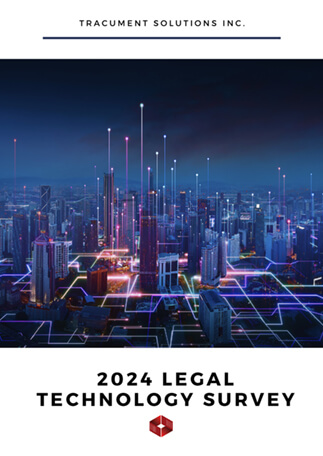
From Purchasing to Proficiency
Where precision and reliability are paramount, the transition to new software in the legal field can present particular challenges. From weighing costs to gaining team buy — in and finally navigating the setup phase, there are numerous hurdles to clear. In fact, our recent survey highlighted that a whopping 43% of respondents find setup and data migration to be the most daunting part of the process — far outweighing concerns about initial costs. it's a bit like that old joke about public speaking: most fear it more than death, but at a funeral, it's being the center of attention that's the real terror!
So, why does setting up software top the anxiety charts?
Understanding the Setup Stresses
When it comes to integrating new legal tech into your practice, the challenges of setup and data migration can feel like scaling Mount Everest. Here's why:
-
Complexity vs. Cost:
While the financial investment is significant, the complexity of setting up software often proves to be the more formidable challenge. Legal professionals require systems that seamlessly integrate with existing workflows and databases — a tall order for many software solutions.
- Consider a scenario where a firm needs to ensure that its new case management software complies with legal confidentiality requirements. The software needs to seamlessly integrate with their existing CRM system, document management tools, and billing software as well. Each integration point introduces potential points of failure if not carefully managed.
-
Fear of Disruption:
Legal practices thrive on efficiency and reliability. Any disruption during the setup phase — from data migration hiccups to downtime — can ripple through daily operations, causing stress and frustration.
- A boutique law firm specializing in intellectual property law faced considerable downtime during the migration to a new cloud-based document management system. The interruption in access to critical case files led to delays in client communication and affected case deadlines. This highlighted the importance of thorough testing and contingency planning to minimize disruption during transitions.
-
Skill and Support
Even with the right software in hand, ensuring your team has the skills and support needed for a smooth transition is crucial. Without adequate training and guidance, the learning curve can feel steep and daunting.
- If a larger firm transitioned to a new e-discovery platform invested in comprehensive training sessions for their litigation team. By focusing on practical case scenarios and hands-on exercises, the firm empowered their attorneys to confidently navigate the new software's features, ultimately boosting productivity and client service.
Your Actionable Guide to Software Setup
To help you navigate these challenges with confidence, we've put together a handy checklist for setting up legal software effectively. It includes points on:
-
Assess Needs:
Clearly define what you need the software to accomplish. Involve key stakeholders early to align goals and expectations.
-
Research & Demo:
Don't settle for the first option — research thoroughly and request demos to see the software in action. Ensure it fits your specific requirements.
-
Evaluate Integration:
Compatibility with existing systems is key. Ensure the software integrates smoothly with your current technology stack.
-
Plan Data Migration:
Develop a detailed plan for transferring data. Test migrations in a controlled environment to identify and address potential issues before going live.
-
Training & Support:
Invest in comprehensive training for your team. Provide ongoing support to address any questions or challenges that arise post-launch.
Access the full buying guide here.
Future Technological Wishes
In addition to the immediate challenges of setting up legal tech, our survey explored legal professionals' aspirations for the future of technology in their practices. Looking ahead five years, respondents shared their top technological wishes, highlighting key areas where they hope to see significant advancements:
-
For AI to Significantly Increase the Quality of Work:
Legal professionals expressed a strong desire to leverage artificial intelligence (AI) to enhance the quality and accuracy of their work. There have been recent advancements in AI for legal research, but professionals want AI applications that can predict case outcomes based on historical data.
-
For Technological Efficiency to Improve Work-Life Balance:
A prominent wish is the implementation of technologies that streamline processes and reduce workload, ultimately improving work-life balance. Legal professionals aspire to use technology to achieve more flexible work arrangements, allowing for better time management and a healthier work-life integration.
-
Firm Works 100% Digitally:
The vision of transitioning to complete digital operations resonated strongly among respondents. This includes embracing remote work capabilities and digital collaboration tools to enhance efficiency, reduce operational costs, and adapt seamlessly to changing work environments, such as those brought about by global events.
-
Automation of Routine Tasks:
Automation continues to be a priority for legal professionals looking to minimize time spent on clerical and administrative tasks. By automating routine processes, legal teams can redirect their focus towards more strategic and creative work that adds greater value to clients and the firm.
-
Enhanced Collaboration and Integration:
Improved integration between different software systems and enhanced collaboration tools are seen as essential for fostering seamless communication and workflow across teams and departments. Legal professionals seek technologies that facilitate real-time collaboration, document sharing, and project management, ensuring smooth operations and client service delivery.
Embrace the Challenge
While the journey of purchasing and setting up legal software may have its hurdles, it's also an opportunity for growth and enhanced efficiency within your firm. By focusing on meticulous planning, thorough research, and proactive support, you can navigate these challenges with confidence. Remember, you're not alone — many legal professionals across Canada are on this journey alongside you. Here's to embracing the challenge and leveraging technology to propel your practice forward!
If you'd like to read about our Technology Survey Report, which touches on subjects from purchasing to implementation, please download the report and access our full buying guide.
You may also like
Happy Holidays Message from David Swadden, CEO
December 18, 2025
We would like to wish all our clients and readers a wonderful holiday season filled with joy and laughter.
Tracument Holiday Schedule
December 11, 2025
We would like to update all our clients of our Holiday Schedule this holiday season!
Tracument Wrapped!
December 4, 2025
What 2025 Looked like for Tracument and for you!




